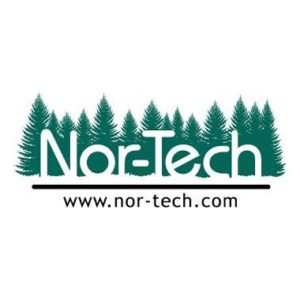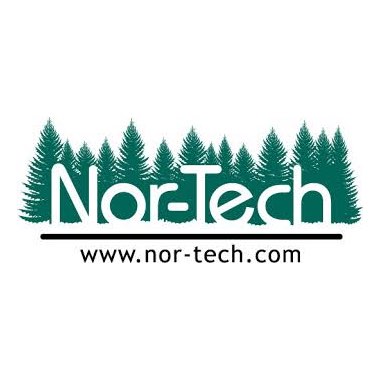 Today Nor-Tech announced a partnership with ESI to bring HPC clusters within the reach of more scientific and research organizations with smartly designed, scalable clusters with no software licensing fees.
Today Nor-Tech announced a partnership with ESI to bring HPC clusters within the reach of more scientific and research organizations with smartly designed, scalable clusters with no software licensing fees.
We saw a disconnect in the industry between rapidly growing organizations that could really benefit from HPC clusters and the solutions that were on the market,” said Nor-Tech President and CEO David Bollig. “Our goal was to develop a powerful, scalable cluster that was in itself affordable, but also didn’t require hefty, recurring software licensing fees.”
Nor-Tech’s entry level clusters are quiet, run on standard power, and have wheels–so they can be used in an office, classroom, laboratory, etc. They are also bundled with OpenFOAM open source software (which eliminates steep licensing fees) plus 25 hours of software support.
OpenFOAM is time-tested CFD software developed primarily by ESI’s OpenCFD Ltd. It was created in the 1980s, first released in 2004, and has a large user base across most areas of engineering and science–both commercial and academic organizations.
OpenFOAM includes a full array of tools that solve anything from complex fluid flows involving chemical reactions, turbulence, and heat transfer to acoustics, solid mechanics, and electromagnetics. The utility is independently tested by ESI-OpenCFD and supported by ESI’s worldwide infrastructure.
Advantages include:
- No license fees
- Friendly syntax for partial differential equations
- Unstructured polyhedral grid capabilities
- Wide range of applications and models ready to use
- Professional support, development and training from OpenFOAM’s originators
In addition to OpenFOAM, Nor-Tech’s entry level clusters are integrated with ParaView, which is an open-source, multi-platform data analysis and visualization application that was first released in 2002. ParaView was developed to analyze extremely large datasets using distributed memory computing resources. It can be run on supercomputers to analyze petascale data as well as on laptops for smaller datasets.




